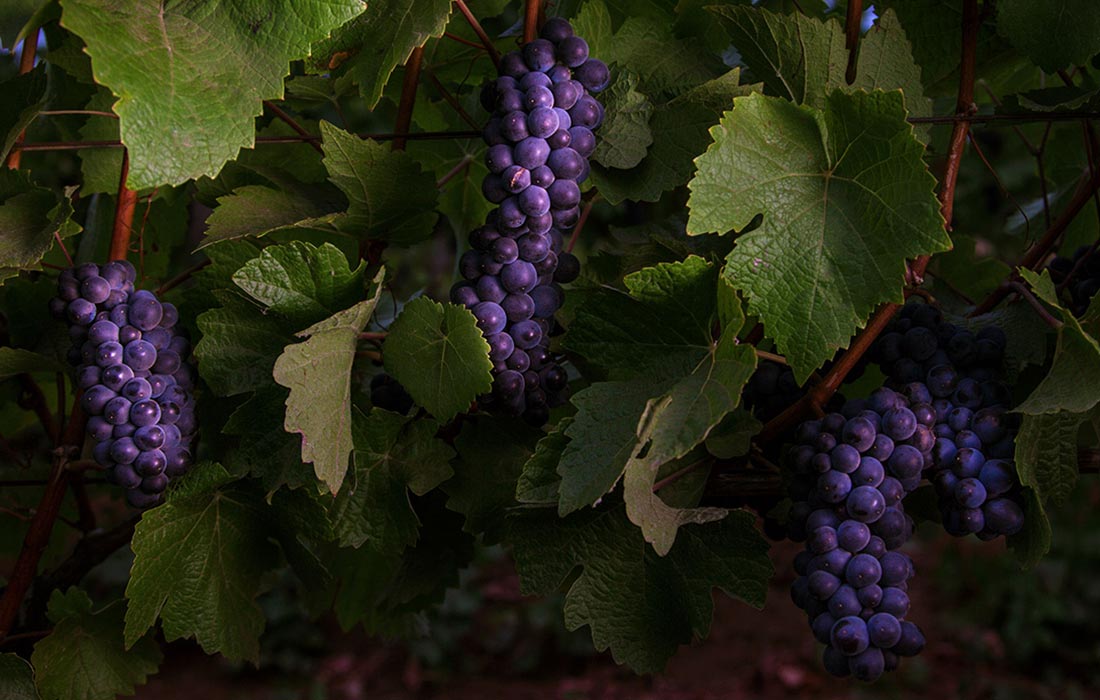Wine could be called the most common and most complex drink on the planet, but at its core, it is just one thing: an alcoholic beverage made from fermented grape juice.
It’s also history, science, artistry and devotion, all aging in basements and barrels around the world. It’s a drink of unity — crossing barriers of culture and status — that has been a staple part of the human experience since Phoenician times in 300 B.C. A powerful economic and agricultural force, wine has thousands of permutations, and is grown on every continent besides Antarctica.
Over 31 billion bottles of wine are bought and sold worldwide every year, which—when compared to world population—is roughly 4 bottles per person.

If you break down what's in your bottle of wine, it will vary according to type. Generally, the largest component is water — at about 85 percent of the volume. Alcohol is next, around 10 percent, followed by “other” components — like chemical compounds and additives for stabilizing wine — which make up that last 5 percent. That smallest percentage typically has the biggest impact on the wine’s characteristics and flavor. What’s in that 5 percent?
You'll find:
Grapes eaten at your summer picnic and ones grown for wine are pretty different. Both wine and table grapes come in red and white varieties and have the same genus, Vitis, but that’s about where the similarities end. There are over 70 species within that genus, and wine grapes are typically one species: Vitis vinifera. Here are the major differences between wine grapes and table grapes:

WINE GRAPES:
TABLE GRAPES:
Continued reading about grape varieties
Learn More"I find it really appealing that we can take someone who is sitting in New York City, drinking a bottle of wine, straight to Eastern Washington — where it's sunny 300 days a year, where it never rains and it's hot during the day and cold at night — using wine as a bridge."— Juan Muñoz Oca
Riesling may be the world’s most versatile yet misunderstood grape variety and wine. A common misconception is that Riesling wines are sweet. Indeed they can be — and in some cases have an incredible ability to age. It can also be made bone dry and complex.
"You can screw it up really easily," said Bob Bertheau, head winemaker for Chateau Ste. Michelle. "Riesling is so delicate and such a transparent wine, you can tread on it a lot easier (than most red varieties). Riesling should not be about a winemaker's footprint. It's more like running a ballet company than a jazz band."